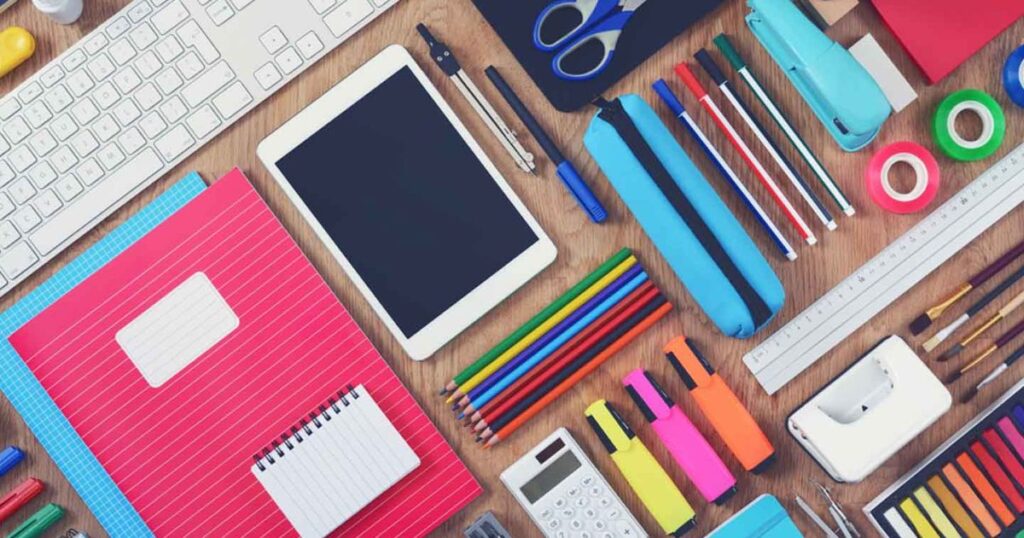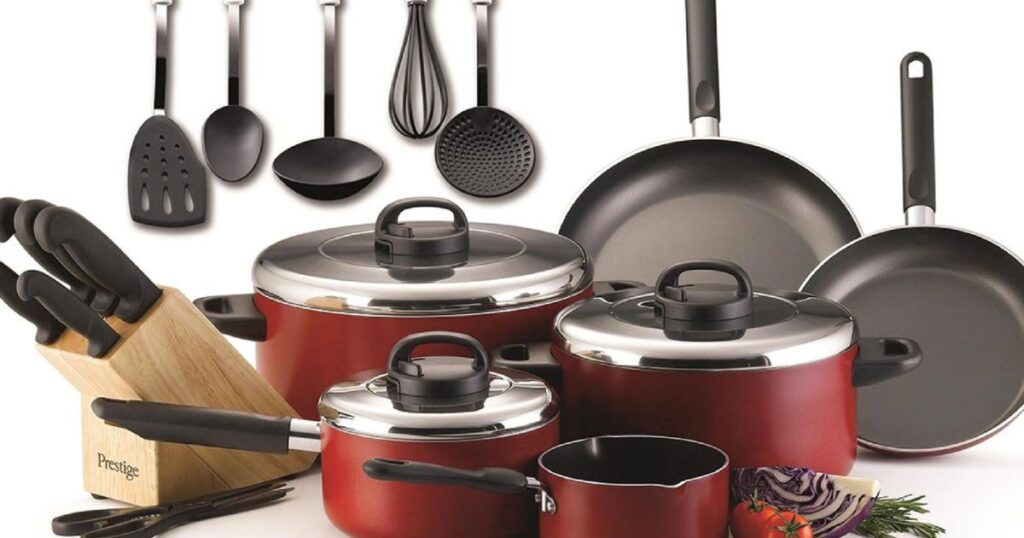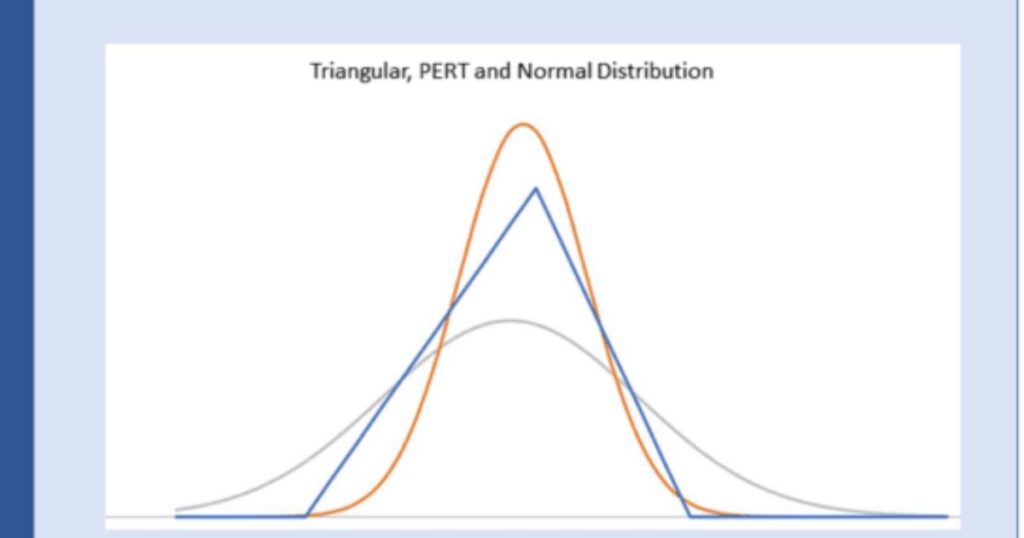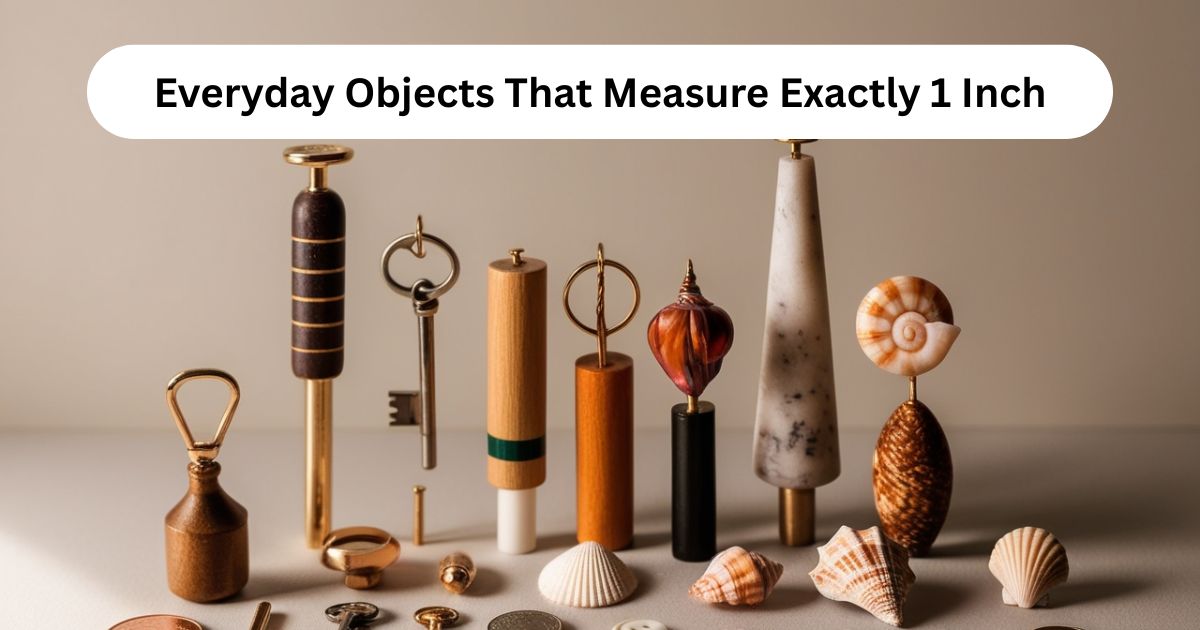Understanding how big is 1 inch becomes essential for countless daily tasks, from DIY projects to professional applications. When you need to estimate inch without ruler, having reliable visual size of 1 inch references transforms ordinary objects into precise measurement tools. This comprehensive guide reveals what things are 1 inch and provides everyday items that are 1 inch for accurate visual estimation.
The standard inch measurement equals precisely 2.54 centimeters or 25.4 millimeters, making it a fundamental unit in the imperial vs metric system. Professional craftspeople and designers regularly utilize these everyday measurement tools to streamline their workflow and improve project accuracy.
Understanding the Inch: Why Visual References Matter in Professional and Personal Settings
Visual estimation techniques prove invaluable when traditional measuring instruments remain inaccessible. The ability to convert inches to centimeters mentally, combined with recognizing one inch examples in common objects, enhances efficiency across numerous professional fields.
Expert craftspeople understand that measuring without a ruler requires consistent reference points. These quick size reference techniques save valuable time during initial project planning while maintaining reasonable accuracy standards. The standardization of manufactured items ensures reliability when using everyday items that are 1 inch as measurement guides.
Understanding inches visually becomes particularly crucial in international work environments where metric to imperial conversion skills enhance communication and project coordination. This knowledge bridges measurement gaps and improves professional competency across diverse applications.
Technology and Digital Device References
Standard USB-A Port Width
USB Flash Drive ports consistently measure one inch in width due to universal manufacturing specifications. IT professionals depend on these standardized dimensions for equipment setup and workspace organization tasks. The reliability of USB drive measurements stems from strict industry standards ensuring compatibility across all devices and manufacturers.
Modern technology environments benefit from understanding size of USB drive components, particularly when organizing cable management systems or designing efficient workstation layouts. These digital references provide contemporary measurement solutions for tech-focused applications.
Computer Mouse Scroll Wheel Diameter
Tech professionals frequently reference mouse scroll wheels, which typically measure close to one inch in diameter. This consistency across different manufacturers makes computer mice reliable measurement tools in office environments where traditional rulers may not be readily available.
The standardized nature of computer peripherals ensures that scroll wheel dimensions remain consistent, providing dependable visual size of 1 inch references for various technical applications and workspace planning tasks.
Standard Audio Jack Opening
Audio equipment manufacturers maintain precise specifications for standard 3.5mm audio jacks, with openings measuring approximately one inch in certain dimensions. Musicians and instrument technicians utilize these standardized measurements for equipment setup and cable management in professional studio environments.
Understanding audio equipment dimensions enhances efficiency in sound engineering applications where quick size reference capabilities prove essential for professional performance and recording setups.
Smartphone Charging Port Height
Modern smartphone charging ports maintain consistent height measurements that approximate one inch across different manufacturers. This standardization results from industry-wide compatibility requirements that ensure universal charging cable functionality.
Mobile device dimensions provide contemporary visual estimation techniques particularly valuable in technology-focused professional environments where traditional measurement tools may not be immediately accessible.
Keyboard Function Key Width
Keyboard Ctrl Key and similar function keys consistently measure one inch in width across standard keyboard layouts. Computer hardware manufacturing specifications ensure this consistency for ergonomic and functional purposes.
Office workers and tech professionals regularly utilize Ctrl key dimensions as reliable measurement references when setting up workstations or organizing desk spaces efficiently. This consistency makes keyboard components particularly dependable for office-related measurement applications.
Office and Stationery Essentials

Standard Paper Clip Length
The humble Paperclip represents one of the most reliable one inch measurement reference tools available in office environments. Standard paperclips consistently measure one inch in length, making them perfect instruments for DIY measurement tips and quick dimensional assessments.
Professional organizers and office workers frequently employ paperclips as measurement references when proper measuring tools remain inaccessible. Their widespread availability and consistent dimensions make them invaluable everyday measurement tools for various office applications.
Push Pin Total Length
Push Pin assemblies typically measure one inch in total length from head to pointed tip. These common office supplies provide readily available measurement references for organizational tasks and bulletin board applications.
The standardized manufacturing of pushpins ensures consistent sizing across different brands, making them versatile tools that serve dual purposes in both measurement and functionality within office and home environments.
Binder Clip Small Size Width
Small binder clips maintain consistent width measurements that approximate one inch across different manufacturers. Teachers and students often utilize these classroom essentials as quick size reference tools during academic projects and organizational tasks.
The reliability of binder clip dimensions stems from standardized manufacturing processes that ensure consistent sizing for educational and professional applications where precision matters.
Standard Thumbtack Length
Traditional thumbtacks measure approximately one inch in total length, providing another reliable office-based measurement reference. Professional organizers depend on these standardized dimensions for various organizational and display applications.
Understanding thumbtack measurements enhances efficiency in office setup and bulletin board organization where visual estimation techniques prove valuable for spacing and layout planning.
Pencil Eraser Width
Standard pencil eraser attachments typically measure close to one inch in width, offering another classroom-based measurement reference. Teachers frequently utilize these educational supplies as teaching measurement to kids tools during academic instruction.
The consistency of eraser dimensions across different pencil manufacturers makes them dependable measurement references particularly valuable in educational environments where traditional measuring tools may not be readily available.
Currency and Financial References
United States Quarter Diameter
The U.S. Quarter offers exceptional measurement accuracy, with its diameter measuring almost exactly one inch. This coin featuring George Washington provides standardized measurement tools that most Americans can easily access during various measurement tasks.
Banking professionals and collectors depend on these exact specifications for various commercial and personal applications. The U.S. Mint maintains precise manufacturing standards that ensure consistent sizing across all quarter productions.
Canadian Quarter Diameter
Canadian quarters similarly measure approximately one inch in diameter, providing reliable 1 inch comparison references for residents and visitors in Canada. This consistency between North American currencies enhances cross-border measurement standardization.
The precision of Canadian currency manufacturing ensures reliable measurement references that complement American quarter dimensions for international measurement applications.
Standard Casino Chip Thickness
Gaming establishment chips maintain standardized thickness measurements that approximate one inch across different casinos and manufacturers. Game designers and gaming manufacturers adhere to strict specifications for consistency in gaming applications.
Professional gaming environments benefit from understanding chip dimensions for equipment design and table layout applications where visual size of 1 inch references enhance operational efficiency.
Sports and Recreation Equipment
Regulation Hockey Puck Thickness
Hockey Puck thickness measures exactly one inch, providing precise standard inch measurement references for sports applications. Constructed from durable rubber materials, these pucks maintain dimensional consistency even under intensive use conditions.
Sports equipment manufacturers adhere to strict specifications ensuring consistent measurements across all professional-grade equipment. This standardization makes hockey pucks reliable measurement tools extending beyond rink applications into various home improvement measurements and professional settings.
Standard Guitar Pick Length
Guitar Pick dimensions typically measure approximately one inch in length, providing musicians with readily available measurement references. This guitar pick size standardization exists across different manufacturers and musical styles for consistent performance applications.
Instrument technicians often utilize picks as quick size reference guides for equipment setup and maintenance tasks. The portability and availability of guitar picks make them convenient measurement references particularly valuable in performance and studio environments.
Pool Cue Tip Diameter
Regulation pool cue tips maintain consistent diameter measurements that approximate one inch across professional billiards equipment. This standardization ensures consistent play characteristics and equipment compatibility across different manufacturers and venues.
Professional billiards environments benefit from understanding cue tip dimensions for equipment maintenance and replacement applications where precise measurements enhance game quality and consistency.
Standard Dice Edge Length
While dice cube dimensions measure slightly less than one inch on each side, typically 16mm or 0.63 inches, they serve as useful approximation tools for estimating sizes at home. Game designers and manufacturers maintain strict specifications for tabletop gaming equipment consistency.
Understanding dice cube size variations helps develop more accurate visual estimation techniques for various projects where approximate measurements provide sufficient guidance for planning and execution.
Household and Kitchen Items

Standard Bottle Cap Diameter
Bottle Cap dimensions consistently measure approximately one inch in diameter across different beverage manufacturers. Manufacturing standards ensure consistent sizing whether constructed from plastic or metal materials, making them reliable everyday measurement tools.
Professional crafters often incorporate bottle caps into their measurement techniques when working on crafts projects requiring quick size reference estimations without formal measuring instruments. Their ubiquitous presence makes bottle caps convenient measurement tools for various applications.
Sugar Cube Side Length
Standard Sugar Cube dimensions typically measure close to one inch on each side, though slight variations exist between manufacturers. Food service professionals often utilize these standardized portions as measurement guides during food preparation tasks.
The cubic shape makes sugar cubes particularly useful for estimating sizes at home in cooking and baking applications where understanding what does 1 inch look like in real life enhances recipe accuracy and presentation quality.
Standard Postage Stamp Width
Postage Stamp dimensions measure one inch in width, offering reliable household measurement references. Postal services worldwide maintain strict size requirements ensuring consistent measurements across different stamp designs and denominations.
Mail processing professionals depend on these standardized dimensions for efficient handling and sorting operations. The accessibility of stamps in homes and offices makes them particularly valuable everyday items that are 1 inch for various measurement applications.
Body-Based Measurement Techniques
Adult Index Finger Tip to First Knuckle
The Index Finger measurement from tip to first knuckle typically approaches one inch in most adults. This natural measuring tool proves invaluable when other references remain unavailable during various measurement tasks and applications.
Medical professionals note that while finger measurements vary between individuals, they generally provide useful approximations for measuring without a ruler. Understanding personal body measurements improves estimation accuracy in daily tasks and professional applications.
Adult Thumb Width at Nail
Adult thumb width at the nail bed typically measures close to one inch across different individuals. This body-based reference provides convenient measurement capabilities when traditional tools remain inaccessible during various tasks.
Understanding inches visually through body measurements enhances personal measurement capabilities and provides consistent reference points for DIY measurement tips and home improvement applications.
Professional Applications: When and Where These References Prove Most Valuable
Professional craftspeople utilize these visual estimation techniques during initial project planning phases where efficiency and speed take precedence over absolute precision. Understanding how to measure 1 inch without a ruler streamlines workflow processes across multiple industries and applications.
Designers frequently employ these references for preliminary sketching and spatial planning tasks where quick size reference capabilities enhance creative processes. The ability to recognize everyday items that are 1 inch transforms ordinary environments into measurement-rich workspaces.
Construction professionals benefit from these techniques during site assessments and material estimation phases where traditional measuring tools may not be immediately accessible. Home improvement measurements become more efficient when workers understand reliable visual references for common dimensions.
Industry-Specific Measurement Scenarios
Construction and Carpentry Applications
Construction professionals utilize everyday measurement tools for preliminary assessments and material calculations. Understanding common objects that are 1 inch long enhances efficiency during initial project planning and reduces dependency on traditional measuring instruments.
Carpentry applications benefit from these visual references during lumber selection and joint planning where quick size reference capabilities streamline workflow processes. The ability to estimate inch without ruler proves valuable during on-site problem-solving situations.
Interior Design and Space Planning
Interior designers employ these visual estimation techniques for furniture placement and spatial relationship assessments. Understanding what things are 1 inch enhances client consultations and preliminary design development processes.
Space planning applications benefit from these references during initial room assessments where measuring without a ruler provides sufficient accuracy for preliminary calculations and design concept development.
Crafting and Artistic Projects
Professional crafters incorporate these measurement techniques into various creative applications where measurement in crafts requires both precision and efficiency. Understanding how big is 1 inch enhances project planning and material selection processes.
Artistic projects benefit from these visual references during composition planning and scale development where everyday items that are 1 inch provide consistent measurement standards for creative applications.
Educational and Teaching Environments
Teachers utilize these visual learning for measurements techniques to enhance student understanding of dimensional concepts. Teaching measurement to kids becomes more effective when educators can demonstrate measurements using familiar objects and references.
Educational environments benefit from these approaches where common objects that are 1 inch long provide tangible learning experiences that reinforce abstract measurement concepts through practical application.
Advanced Estimation Techniques: Combining Multiple References for Greater Accuracy

Expert craftspeople recommend utilizing multiple reference objects simultaneously to improve estimation accuracy significantly. This approach compensates for slight manufacturing variations while building confidence in measurement assessment capabilities.
Combining body-based measurements with manufactured object references creates more robust estimation techniques. Understanding how Index Finger dimensions relate to Paperclip lengths or U.S. Quarter diameters enhances overall measurement accuracy.
Professional applications benefit from developing personalized reference systems that incorporate frequently encountered objects specific to individual work environments. This customization improves estimation speed and accuracy through consistent practice and application.
Common Measurement Mistakes and How to Avoid Them
Visual estimation techniques require awareness of potential accuracy limitations and environmental factors that may affect object dimensions. Understanding manufacturing tolerances helps set realistic expectations for measurement precision using everyday objects.
Temperature variations can affect material dimensions, particularly in plastic and metal objects used as measurement references. Professional craftspeople account for these factors when precision requirements exceed visual estimation capabilities.
Wear patterns and aging effects can alter original object dimensions over time. Regular verification against standard measuring tools helps maintain accuracy when using everyday measurement tools for ongoing projects and applications.
Regional Variations: Understanding Global Measurement Standards
Imperial vs metric system differences create challenges in international applications where convert inches to centimeters skills become essential. Understanding both measurement systems enhances professional competency in global work environments.
Manufacturing standards vary between regions, potentially affecting object dimensions used as measurement references. International professionals benefit from understanding these variations when working across different geographic markets and applications.
Cultural measurement preferences influence which objects serve as most reliable references in different regions. Developing awareness of regional standards enhances measurement accuracy and professional communication across diverse environments.
Quick Reference Chart: Accuracy Ratings for Each Object
| Object Type | Measurement Accuracy | Professional Applications | Availability Rating |
| U.S. Quarter | Excellent (99%+) | Banking, Finance, General | Universal in US |
| Hockey Puck | Excellent (99%+) | Sports, Construction | Specialized |
| Paperclip | Very Good (95%+) | Office, Education, General | Universal |
| USB Port | Very Good (95%+) | Technology, Office | Very Common |
| Guitar Pick | Good (90%+) | Music, Arts, Crafts | Common |
| Index Finger | Variable (80-95%) | Personal, Emergency | Always Available |
| Bottle Cap | Good (90%+) | Home, Crafts, General | Very Common |
| Sugar Cube | Fair (85%+) | Kitchen, Food Service | Common |
Practical Exercises to Improve Your Estimation Skills

Developing measurement estimation skills requires consistent practice with various reference objects and verification through standard measuring tools. This systematic approach builds confidence while identifying areas for improvement in visual estimation techniques.
Professional development benefits from regular practice sessions where everyday items that are 1 inch serve as training tools for improved estimation accuracy. Document personal reference preferences based on objects encountered most frequently in work environments.
Skill building exercises include comparing visual assessments with actual measurements using proper tools. This verification process enhances confidence while providing feedback on estimation accuracy across different object types and measurement scenarios.
Conclusion: Building Confidence in Visual Measurement Assessment
Mastering common objects that are 1 inch long transforms everyday environments into measurement-rich workspaces that enhance efficiency across professional and personal applications. Understanding how to visualize 1 inch through familiar objects eliminates dependency on traditional measuring tools while maintaining reasonable accuracy standards.
Professional craftspeople, designers, and IT professionals benefit from developing these visual estimation techniques as essential skills that complement traditional measurement methods. The ability to estimate inch without ruler streamlines workflow processes and improves problem-solving capabilities across diverse professional applications.
Everyday measurement tools provide reliable foundations for project planning and execution when users understand their limitations and appropriate applications. Regular practice with these one inch examples builds confidence and improves accuracy in measurement estimation skills that prove valuable throughout professional and personal endeavors.
The standard inch measurement of 2.54 centimeters becomes more meaningful when connected to tangible objects that people encounter regularly. This comprehensive understanding of what things are 1 inch enhances measurement literacy and practical application capabilities across numerous professional and personal contexts.
FAQ’s
Which objects provide the highest measurement accuracy?
The U.S. Quarter and regulation Hockey Puck thickness offer the highest accuracy ratings due to strict manufacturing standards and regulatory requirements. Banking professionals and sports equipment manufacturers maintain precise specifications that ensure consistent dimensions across all production runs.
How do manufacturing tolerances affect reference reliability?
Manufacturing tolerances typically range from 1-3% for common objects used as measurement references. Professional crafters understand these variations and compensate by using multiple reference objects when higher precision requirements exceed single-object capabilities.
What factors can alter object dimensions over time?
Temperature variations, wear patterns, and material aging can affect original object dimensions. Expert craftspeople account for these factors by regularly verifying measurements against standard tools and replacing reference objects when dimensional changes become significant.
How can professionals verify quick measurements in field conditions?
Construction professionals recommend carrying multiple reference objects and comparing visual estimates across different measurement types. This cross-verification approach improves accuracy while maintaining efficiency in field measurement applications.
Which body-based measurements work best for different hand sizes?
Index Finger measurements from tip to first knuckle provide the most consistent results across different hand sizes. Medical professionals note that this measurement typically ranges from 0.9 to 1.1 inches in most adults, making it reliable for general estimation purposes.
What are the most common measurement estimation errors?
Visual estimation techniques commonly suffer from parallax errors and perspective distortion when viewing objects at angles. Professional applications benefit from maintaining consistent viewing positions and using multiple reference objects for verification.
How do environmental conditions affect object dimensions?
Temperature changes can cause expansion or contraction in metal and plastic objects, affecting their reliability as measurement references. Professional craftspeople account for these factors by understanding material properties and environmental impacts on reference object dimensions.
Which references work best for specific professional trades?
Construction professionals favor Hockey Puck thickness and U.S. Quarter diameter for reliability, while office workers depend on Paperclip length and keyboard component dimensions. Musicians typically utilize Guitar Pick dimensions and audio equipment references for industry-specific applications.











